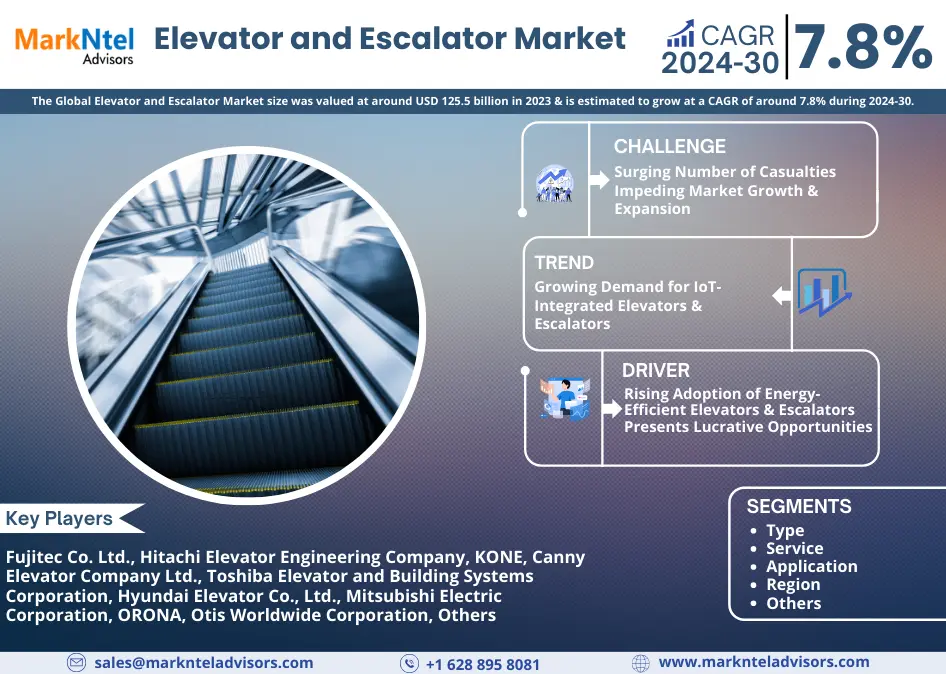Exploring the Different Types of Industrial Buildings and Their Uses

Industrial buildings form the backbone of modern economies. From manufacturing automobiles to storing essential goods, these structures are designed to serve specific purposes that support industrial operations. Their architecture, location, size, and design are all influenced by the type of work they are meant to accommodate. Understanding the different types of industrial buildings is essential for developers, investors, business owners, and city planners alike. This article explores the various categories of industrial buildings and their uses in today’s economy.
1. Manufacturing Buildings
Manufacturing buildings are among the most common types of industrial structures. These facilities are designed for the assembly, fabrication, and production of goods. They are typically large and equipped with robust electrical systems, specialized ventilation, and machinery infrastructure.
There are two subtypes within this category:
-
Heavy Manufacturing: These buildings handle large-scale production and often contain heavy machinery, cranes, and hazardous materials. Examples include automotive plants, steel mills, and shipbuilding facilities.
-
Light Manufacturing: These are less intensive and may involve the production of consumer electronics, food packaging, or clothing. Light manufacturing spaces are cleaner, quieter, and more flexible in terms of layout.
2. Warehouses
Warehouses are designed for the storage and distribution of goods. These buildings usually feature wide open spaces, high ceilings, and dock doors for trucks to load and unload products. Depending on their use, warehouses can be climate-controlled or offer basic storage space.
Key warehouse types include:
-
General Warehouses: Used for short- or long-term storage of goods and materials.
-
Distribution Centers: These are specialized warehouses where goods are quickly sorted and shipped out, often with high-tech logistics systems.
-
Cold Storage Warehouses: Designed to store perishable items like food or pharmaceuticals, these buildings are equipped with refrigeration systems.
3. Flex Buildings
Flex buildings, or “flex spaces,” are multi-functional industrial buildings that combine different types of usage under one roof. These structures typically include office space in addition to manufacturing, warehousing, or research facilities.
Flex buildings are ideal for small and medium-sized enterprises (SMEs) that need a combination of office and industrial functionality. For example, a tech hardware startup might use flex space for product development, assembly, and customer support.
4. R&D Facilities (Research and Development)
R&D facilities are specialized industrial buildings designed for innovation and experimentation. These spaces often include laboratories, testing areas, and prototype production lines. They are typically found near universities, tech hubs, or within industrial parks dedicated to innovation.
These buildings are common in sectors such as:
-
Pharmaceuticals
-
Aerospace
-
Biotechnology
-
Electronics
Due to the sensitive nature of their operations, R&D buildings must comply with strict regulatory standards and often have advanced HVAC, fire safety, and data infrastructure systems.
5. Data Centers
With the explosion of cloud computing and internet services, data centers have become an important type of industrial building. These facilities house computer systems, servers, and data storage infrastructure. They require high levels of security, temperature control, power redundancy, and cybersecurity features.
While data centers may not involve traditional “industrial” activities like manufacturing, they serve as digital infrastructure hubs that are essential to the operations of many other industries.
6. Industrial Showrooms
Industrial showrooms are hybrid buildings that combine storage, office space, and retail display areas. These structures are commonly used by businesses that sell large-scale products such as furniture, home improvement equipment, or vehicles.
An industrial showroom allows businesses to keep products on-site for display, while also having space for managing orders, storing inventory, and conducting administrative tasks.
7. Food Processing Facilities
Food processing facilities are industrial buildings specifically designed for handling, processing, and packaging food. They require sanitary environments, temperature control, and often high levels of automation. These buildings may include cold storage, cooking areas, and packing lines.
Due to strict health and safety regulations, food processing buildings are highly specialized and must adhere to standards set by local and international food authorities.
8. Recycling and Waste Management Facilities
These industrial buildings focus on the collection, sorting, and processing of recyclable materials or waste. They are often located away from residential areas due to the nature of their operations and the potential for noise or odor.
Facilities in this category can include:
-
Recycling plants for plastics, metals, or paper
-
E-waste processing centers
-
Waste-to-energy plants
These buildings contribute to sustainability and environmental management efforts by reducing landfill use and repurposing materials.
Conclusion
The variety of industrial buildings reflects the diversity of activities within the industrial sector. From manufacturing and storage to high-tech innovation and food production, each building type is uniquely designed to support specific operational needs. As technology evolves and industries become more specialized, industrial architecture continues to adapt, offering more flexible, efficient, and sustainable solutions for businesses of all sizes.
Whether you’re a business owner looking for space or a developer planning an industrial project, understanding these building types is crucial to making informed decisions that align with operational goals and long-term growth.










